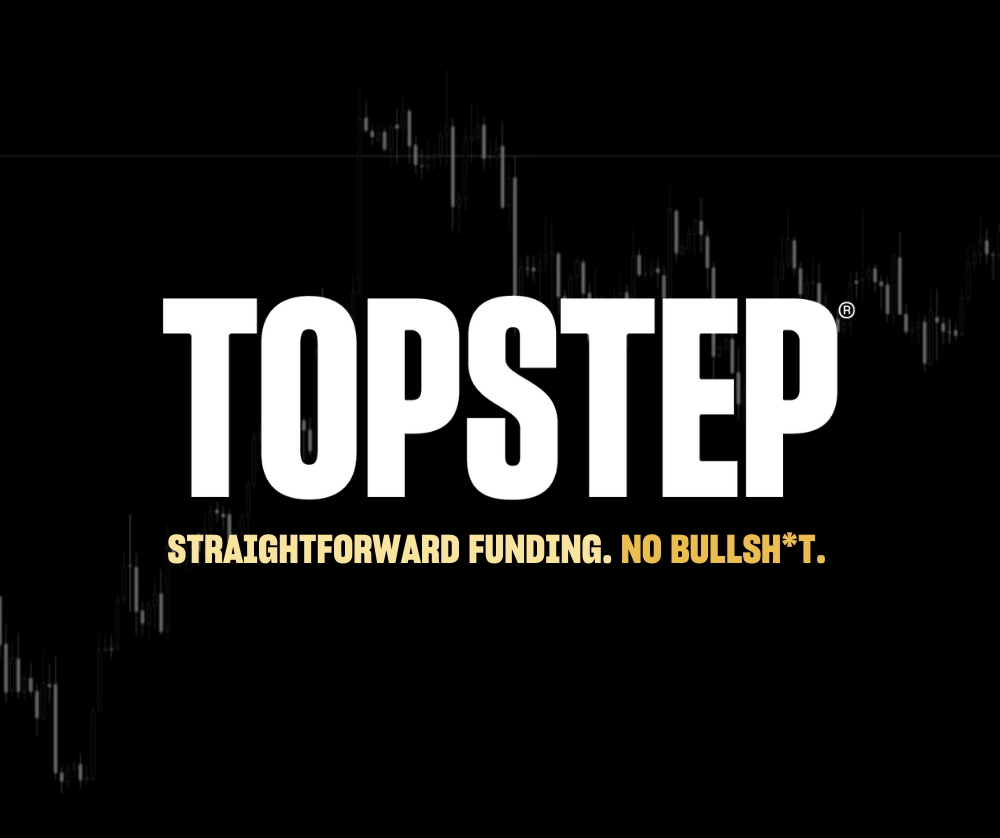Trading Off Key Support and Resistance Market Levels
In this article, we’ll discuss the use of market levels in futures trading and how to assess the validity of any method of setting support and resistance levels to trade-off.
What Are Key Market Price Levels?
Most futures traders use price levels as an integral part of their trading. There is some process of analysis to define price levels before trading, and often price levels will also show themselves as the trading day progresses. Traders can set their support and resistance levels by using an indicator, pivot points, previous support or resistance, volume profiling, or many hundreds of other approaches. Setting a price level is just a traders’ way of saying, “I expect something to happen at this market price.” It gives them an anchor on which to place a trade.
Trading Breakouts and Reversals at Key Market Support and Resistance Levels
Most commonly, traders are looking for either a market reversal or a breakout at key support and resistance price levels. So what would make either of those two things happen?
Reversals at price support and resistance levels can occur for several reasons:
- It may be that the price is a target for many traders. Consider a market that was moving up to a point where lots of traders have exit orders. Long positions exit their trades by selling, which can either halt the move up temporarily or have price move down, which other traders see and trade with.
- Price moves up until we get to the point where nobody wants to buy at what are now considered to be extremely high prices. With a lack of buyers, the market will stall and is often enough to cause an imbalance favoring the sell-side.
- Sometimes is just lots of sellers waiting to initiate new market short positions at what they consider to be priced too high for the market to bear.

Figure 1 – Prices breakout higher with high volume, and after a small period of consolidation, it continues to move higher, testing an area where there’s a big offer resting.
With market reversals, you have both an “initial cause” as well as the more herd-like follow up reaction to the initial move.
We can consider market breakouts as follow:
- A breakout in a trending market will occur because nothing changes. We just continued through a price level. Trader behavior remained consistent. In a breakout to the upside, it means buyers keep buying.
- In a range-bound market, a breakout usually starts with a probe through the top of the range, which triggers stop-loss orders that in themselves perpetuate the breakout.
In one of the above cases, the “lack of new market buyers” in a move up, the expected move occurs by a relative lack of activity. In another, a breakout occurs because nothing changed at all. In other cases, you are only going to get the change in price that you need if other traders make an active decision to exit their positions or enter new ones at that specific level.
Some trades will work because nothing changes, and some will work because there is a major change in behavior.
Learn More About Enhancing Your Trading Edge at Jigsaw Trading.
Be Aware of Stop Order Market Levels
With a breakout of a range, traders have stops orders to consider. Stop orders getting triggered cause a swift and violent reaction, and so the payback will be fast IF you are right about the trade. If we are moving to a key price level we last touched three months ago, will there be as many stop orders on the other side of that level compared to a level we last hit 3 hours ago? Most likely not. The age of the market price level is also a factor.

Figure 2 – 55.60 had a big offer that became a distinct area where everyone was watching. No one was interested in buying at such high prices. Buy interest came back when retesting the prior breakout area.
Not All Support and Resistance Market Levels Are Equal
For those new to trading, these may be things you’ve never considered. Not all support and resistance levels are equal. Any specific trade doesn’t just require the price to move your way but requires a specific set of behavior from fellow traders.
Monitor Key Price Levels That the Herd of Traders Follow
A trade that requires a significant change in market participants’ behavior requires lots of people to react at that price. That can only happen if lots of people are looking at the same price or the same area. Many novice traders start out trying to find a magical combination of indicators that gives them a trigger to trade, trying different indicator settings to find that ‘special’ combination that tells them when to buy and sell. The irony is –the more you combine and customize, the more unique the results become. The more unique the results, the less likely it is that other traders will be looking at the same level, and the less likely there will be any reaction.

Figure 3 – We can see how traders react to prices. We can see the effort sellers and buyers need to do to push prices their favor.
Given that some price levels require a more significant change in trader behavior than others, it follows that these price levels should be visible to the most significant number of traders. The more obvious a level is, the more likely other traders will have that area as either a target, stop loss, or counter-trend orders.
What’s Next?
Stay tuned for Part 2, where we will discuss predatory traders, how they move around obvious levels, causing fake reversals, and how you can avoid them.
Learn More About Enhancing Your Trading Edge at Jigsaw Trading.
The author Peter Davies is CEO of Jigsaw Trading and an active order flow trader in S&P 500 futures.





